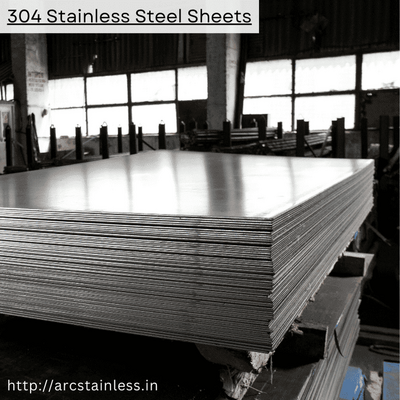Density of 304 Stainless Steel

Understanding Stainless Steel 304 Density
Stainless Steel 304 is one of the most widely used stainless steel alloys across various industries. Its excellent corrosion resistance and versatility make it a popular choice. Understanding the density of Stainless Steel 304 is essential for engineers, manufacturers, and designers, as it helps ensure optimal performance in their applications.
What is Stainless Steel 304?
Stainless Steel 304 belongs to the austenitic family of stainless steels, known for their high levels of chromium and nickel. This alloy typically contains about 18% chromium and 8% nickel, which gives it strong resistance to oxidation and corrosion. Due to its excellent mechanical properties and corrosion resistance, Stainless Steel 304 is commonly used in various applications, including food processing, chemical industries, and architecture.
Composition of Stainless Steel 304
The chemical composition of Stainless Steel 304 is crucial to its properties:
- Chromium (Cr): 18% - Enhances corrosion resistance.
- Nickel (Ni): 8% - Improves toughness and workability.
- Manganese (Mn): 2% - Enhances strength and toughness.
- Silicon (Si): 0.75% - Improves oxidation resistance.
- Carbon (C): 0.08% - Affects strength and hardness.
Density of Stainless Steel 304
Stainless Steel 304 has a density of around 8.00 g/cm³ (grams per cubic centimeter) or 8000 kg/m³ (kilograms per cubic meter). This density is important in engineering because it influences both the weight and strength of the final products.
Factors Affecting the Density of Stainless Steel 304
Several factors can influence the density of Stainless Steel 304, including:
- Composition: The specific alloying elements in Stainless Steel 304 can affect its density. For instance, variations in the amounts of chromium, nickel, and other elements can lead to slight changes in density.
- Temperature: The density of materials, including Stainless Steel 304, can change with temperature. As the temperature increases, the density typically decreases due to thermal expansion.
- Manufacturing Process: The method used to produce Stainless Steel 304 can also influence its density. Processes such as casting, forging, and welding can introduce variations in microstructure, leading to differences in density.
- Work Hardening: Cold working processes can increase the density of Stainless Steel 304 due to the introduction of dislocations and other defects in the microstructure.
- Porosity: The presence of voids or pores within the material can decrease its density. This is especially relevant in cast or sintered products.
View more information please click this link: Read More
